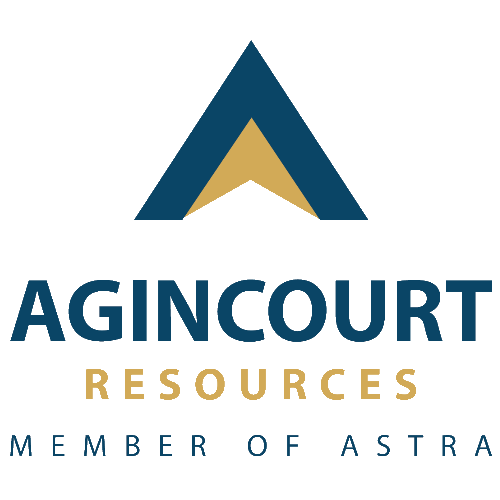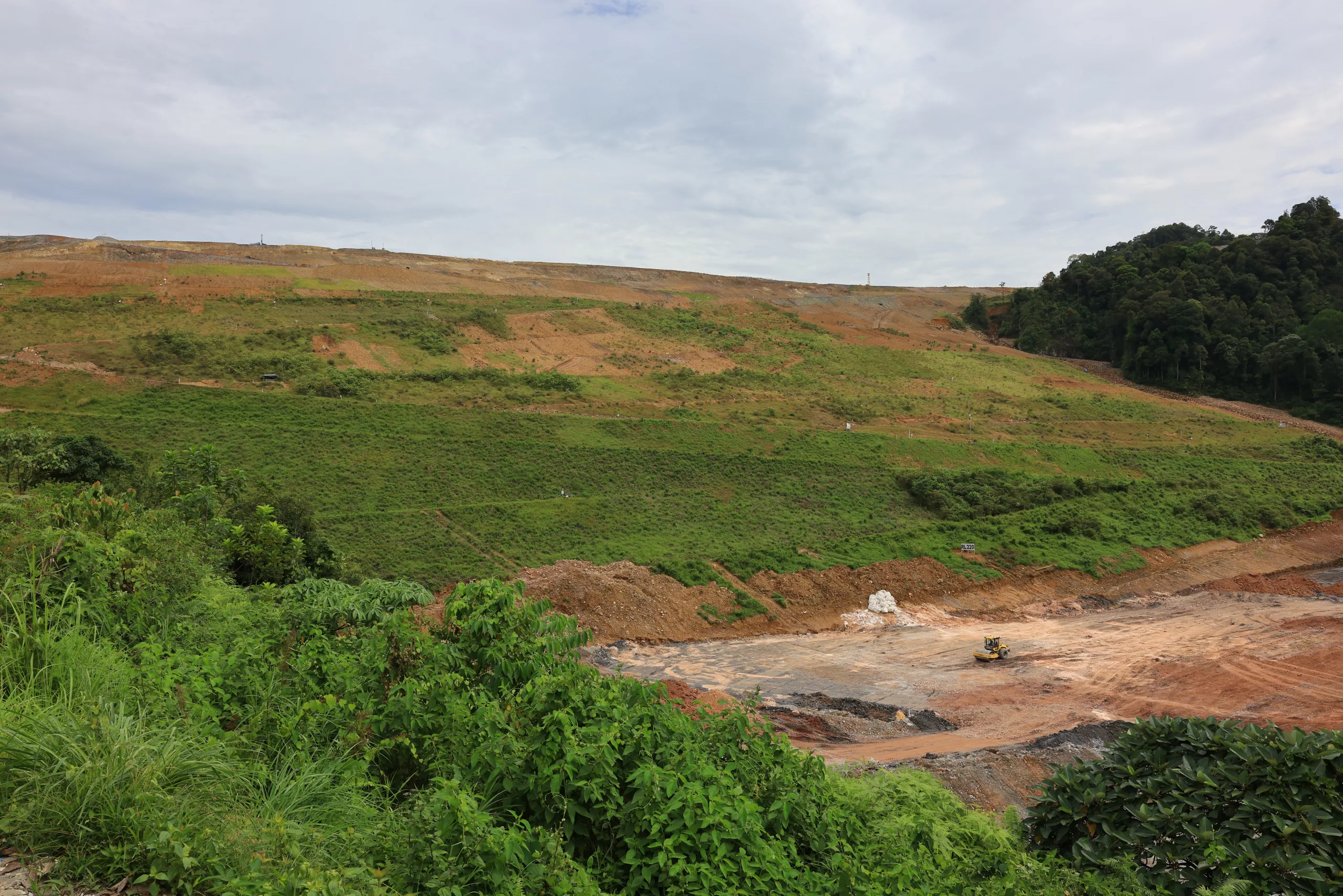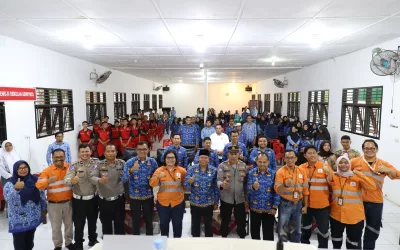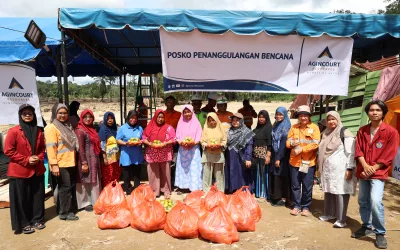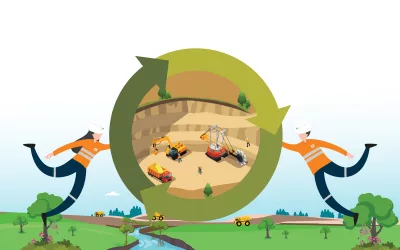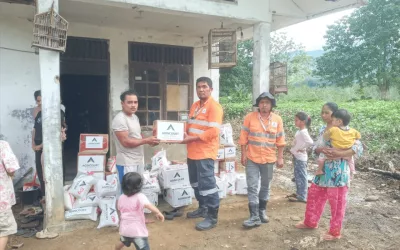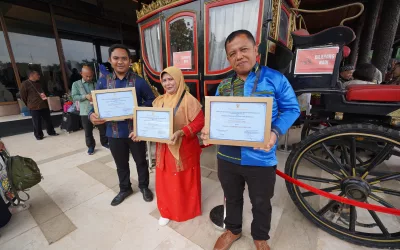Agincourt Resources places environmental responsibility as an integral part of its mining activities, carrying out land reclamation in a planned and sustainable manner to restore ecosystem functions while also providing economic and social benefits for surrounding communities.
Reclamation is an activity carried out throughout all stages of mining to arrange, restore, and improve the quality of the environment and ecosystems so they can function again according to their designated purpose. Beyond that, reclamation also aims to revive the economic livelihood of local communities.
The government has issued regulations to ensure mining and reclamation activities are conducted properly. These include Government Regulation No. 78 of 2010 on Post-Mining Reclamation and the Minister of Energy and Mineral Resources (ESDM) Regulation No. 26 of 2018 on the Implementation of Good Mining Practices and Supervision of Mineral and Coal Mining.
At the Martabe Gold Mine, reclamation is carried out progressively, in stages, and in a measurable way from the start not only after mining operations have ended. As of the end of 2024, out of a total 646.08 hectares of land opened by the Martabe Gold Mine, 39.52 hectares have been reclaimed. The reclamation targets were set at 4.72 hectares (2023), 11.96 hectares (2024), and 2.44 hectares (2025). Agincourt Resources has also received the full return of several reclamation guarantees from the government.
Reclamation Planning
Before carrying out reclamation, several stages must be followed to ensure optimal results:
1. Preparation of the Exploration Stage Plan The exploration stage plan must be developed with due consideration for environmental protection and management, as well as the safety and health of the workforce. The planning process must comply with applicable laws and regulations, taking into account the chosen exploration methods and the specific conditions of the area.
2. Preparation of the Production Operation Plan The production operation plan should consider several aspects, including mining systems and methods that must align with the feasibility study results and the local conditions. This plan is prepared for a one-year period, with subsequent plans to be developed annually. The production operation plan must also detail land use, plans for land clearing that may cause disturbance, reclamation activities at the exploration stage, success criteria, and cost planning.
3. Preparation of Operational and PostMining
Cost Plans
Cost plans must be prepared for both the production operation phase and the postmining phase.
1.Topsoil Preservation
From the earliest stages of mine planning, topsoil (the upper soil layer) is stripped and stored for future use as planting media during revegetation.
2. Revegetation
Replanting vegetation in mined-out areas, prioritizing native species that can adapt more easily to the local environment.
3. Natural Collaboration
Integrating fruit-bearing plants to attract birds and bats, which naturally disperse seeds from surrounding forests into the reclaimed area.
4. Utilizing Microorganisms
Introducing beneficial microorganisms or fungi that transport phosphorus and nitrogen from the soil to plants. Examples include Eupenicillium, Penicillium, and Aspergillus.
5. Phytoremediation
Applying plants, microorganisms, and other biological processes to remove pollutants from soil contaminated by mining activities
6. Tourism Development
Transforming reclaimed land into tourism destinations to attract visitors and stimulate the local economy.
7. Monitoring
Regular monitoring ensures reclamation success, focusing on slope stability, vegetation growth, and water flow management.
As a sustainable mining company, Agincourt Resources is committed to maintaining harmony with nature. Through reclamation, the company aims to create new hope for a greener and more meaningful environment.
